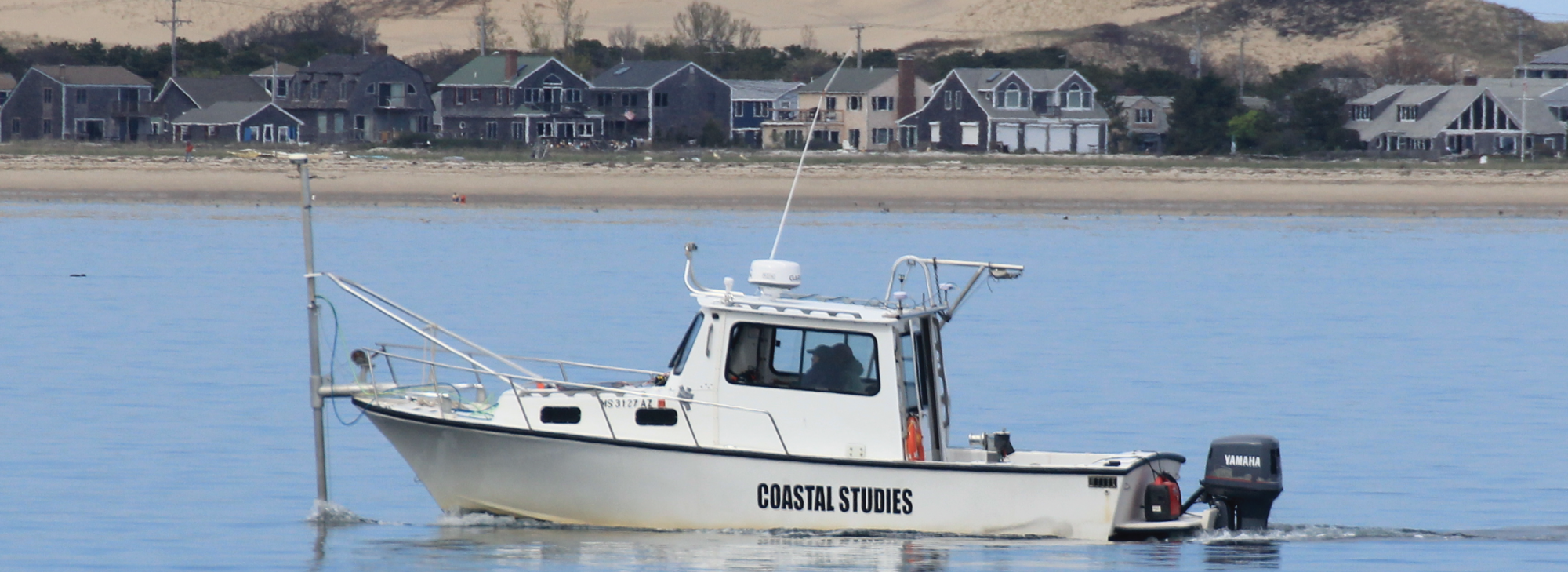Unmanned aircraft systems (UASs) allow for quick, repeatable surveys before and after storm events, which allow for a more qualitative and quantitative description of pre-existing morphology and storm-related change. UAS-based methods were used to survey a natural beach-dune system within Cape Cod National Seashore before and after a series of 4 extratropical cyclones during the month of March 2018. In the northeastern United States, extratropical cyclones (ETCs) can become high impact weather events by creating prolonged conditions of extreme wave and water levels that often lead to geomorphic change along coastlines.

Structure from motion techniques were used to process UAS imagery and create pre-storm and post-storm digital surface models (DSMs) of the area. On average, the vertical displacement of the dune toe was 0.4 m. Overall, the 16-hectare area experienced a positive net volume change of 1,224 m3 of deposited material.
Alongshore variation in dune toe displacement

Volume change based on cross-shore position

Surface comparison - volume change

Three beach profiles were extracted and compared from the pre-storm and post-storm DSMs.

Transect 1 shows a cross-shore profile at the northernmost extent of the foredune. Between surveys the northern tip of the foredune was removed and material was deposited onto the back-barrier.

Transect 2 and 3 include elevation data that was collected in addition to the pre-storm and post-storm profiles. The additional elevation data allowed for the observed overwash event to be isolated and also showed how quickly beach aggradation can occur following a large erosive event. A layer of material, with a depth of roughly 0.5 m, was redeposited along the backshore and back-barrier.


